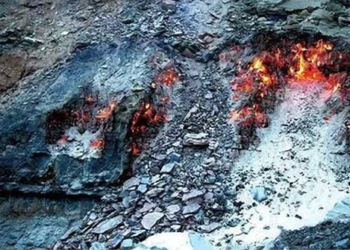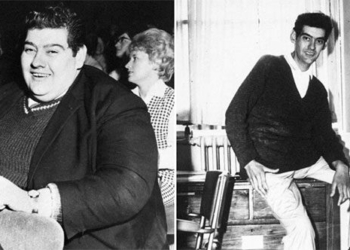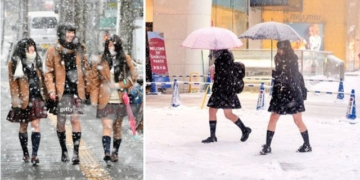Some of the safest vault doors in the world can be found in bank vaults designed to protect the majority of valuable assets inside from thieves. However, in some cases, these doors can also be used to protect people.
Bank vaults can be traced back to ancient civilizations, including Egypt, Greece, and Rome. These chambers were originally built to house valuable goods such as treasures, important documents, and sacred artifacts.
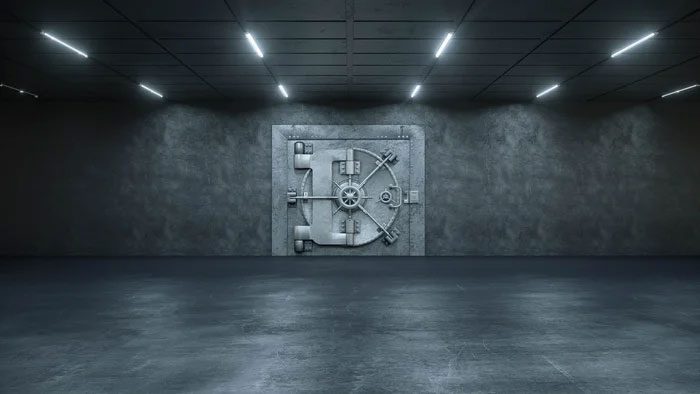
Safe vaults have a long history.
The History of Vaults
Safe vaults have a long history, originating from prehistoric times when people used various means to protect their belongings from theft and damage. To safeguard their wealth, ancient Egyptians constructed tombs and other structures with secret trap-filled chambers.
The method of digging money storage vaults was commonly used by wealthy patrons in ancient China who wanted to store large amounts of wealth. They would have a vault dug directly beneath their living quarters to hide their riches, with the exit concealed under the floor or disguised as a wall hidden behind wooden cabinets or paintings.
In 1970, a famous treasure vault was discovered in the area of Hajiatun in Xi’an (Shaanxi, China). Among the notable items found by archaeologists were two small-mouthed, large-bellied jars and a massive urn containing various gold and silver jewelry, jade, gold coins, silver tablets, along with thousands of other precious items.
Castles and fortifications were often used to secure valuable items such as gold, silver, and gemstones throughout medieval Europe. Additionally, they utilized massive, heavy chests, complete with locks and keys, which served as mobile safes.
Advancements in metalwork and lock technology led to the construction of more complex safe deposit boxes and vaults in the 18th and 19th centuries. These new steel safes were much more difficult to breach compared to the earlier wooden chests.
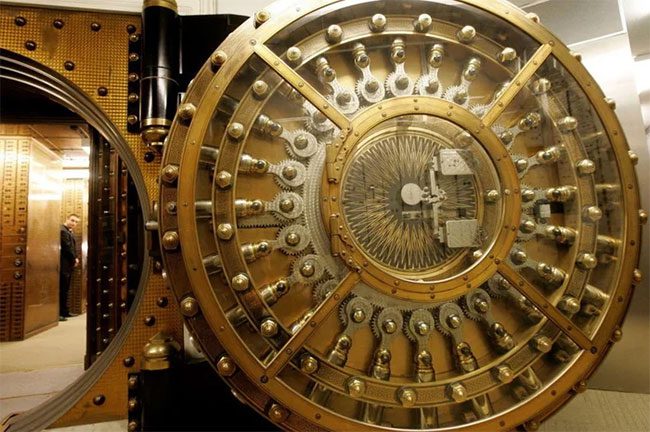
Safe vaults are now used for various purposes.
Charles Chubb, who founded a lock manufacturing business in the UK in 1818, is one of the most famous safe manufacturers of the 19th century. Chubb’s safes are among the safest in the world and are used by banks, businesses, and governments worldwide.
The use of safes and vaults increased in the 20th century, with new materials and technologies making them safer. Electronic locks, alarm systems, and video surveillance have become commonplace in many modern vaults.
Safe vaults are now used for various purposes, including the secure storage of money, jewelry, artwork, and other valuables. Safe vaults are expected to continue playing a significant role in preserving valuable items as security technology advances.
But what is the safest vault in the world, and what secrets does it hold? That would be the Doomsday Vault.
Doomsday Vault
There is a fascination in the human psyche that we are drawing closer to the apocalypse, which is why the Doomsday Vault was created.
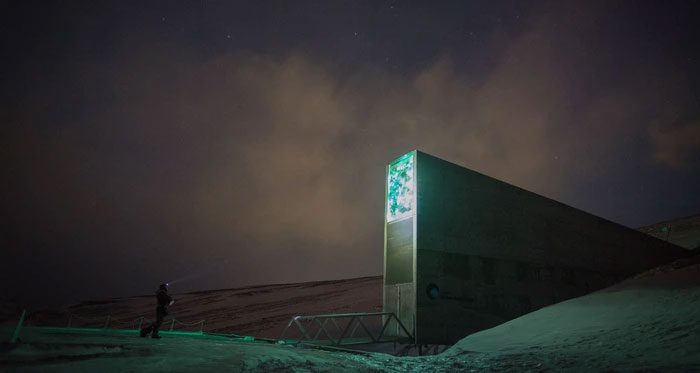
The Doomsday Vault is not actually used in the event of a sudden global apocalypse, although it could be if necessary. Instead, its primary purpose is as a “gene bank,” providing backup seeds for 1,700 other vaults around the world.
Its official name is Svalbard Global Seed Vault, a secure storage facility located near Longyearbyen on Spitsbergen Island in Norway. It was created to serve as a backup for the world’s seed banks, aimed at preserving agricultural biodiversity in the event of a severe global disaster.
The vault was inaugurated in 2008 and was carved into a mountain 400 feet (approximately 122 meters) above sea level. It was built to withstand both natural and man-made disasters, such as earthquakes and nuclear wars. The entrance to the vault is a concrete tunnel leading to three independent chambers, each capable of holding up to 1.5 million individual seed samples.
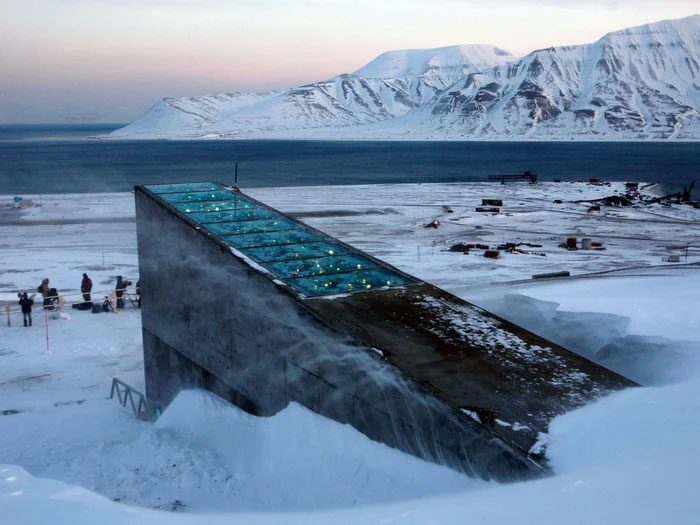
Crop diversity has significantly diminished over the past fifty years due to our increasing demand for food and larger yields. This means that many varieties of rice, fruits, and vegetables are no longer in use and will be forgotten without a gene bank.
This vault is operated by the Norwegian government and is open to countries and organizations worldwide that wish to store seeds for preservation. As of 2022, it houses over one million seed samples from nearly every country on the planet. The seeds are kept at a temperature of minus 18 degrees Celsius and are expected to last for hundreds of years.
This vault is considered a crucial tool for maintaining the world’s agricultural biodiversity, which is threatened by climate change, habitat degradation, and disease. The goal is that if a global crisis occurs affecting agriculture, the seeds stored in the vault could help support and restore crops, replenishing the food bank.
In fact, this is not the most technologically secure vault in history, but its remote location and harsh surrounding weather make it virtually impregnable, establishing it as the safest place on the planet.








































